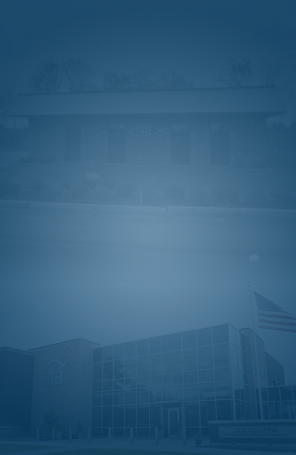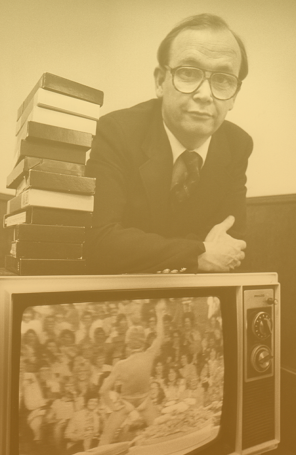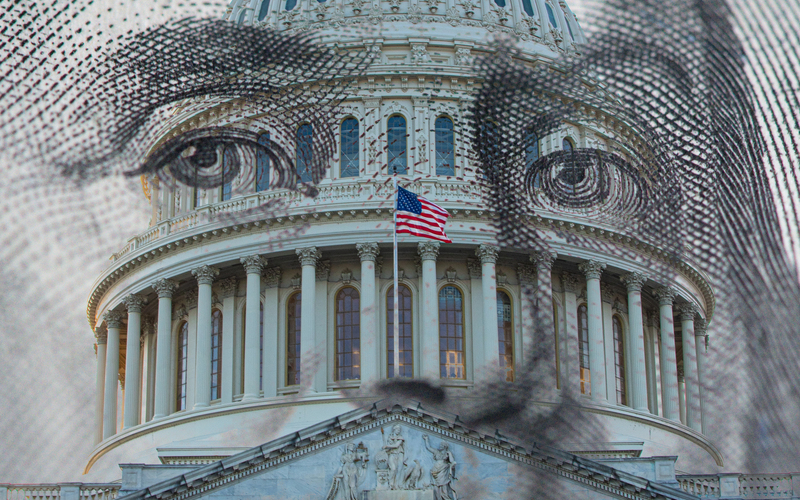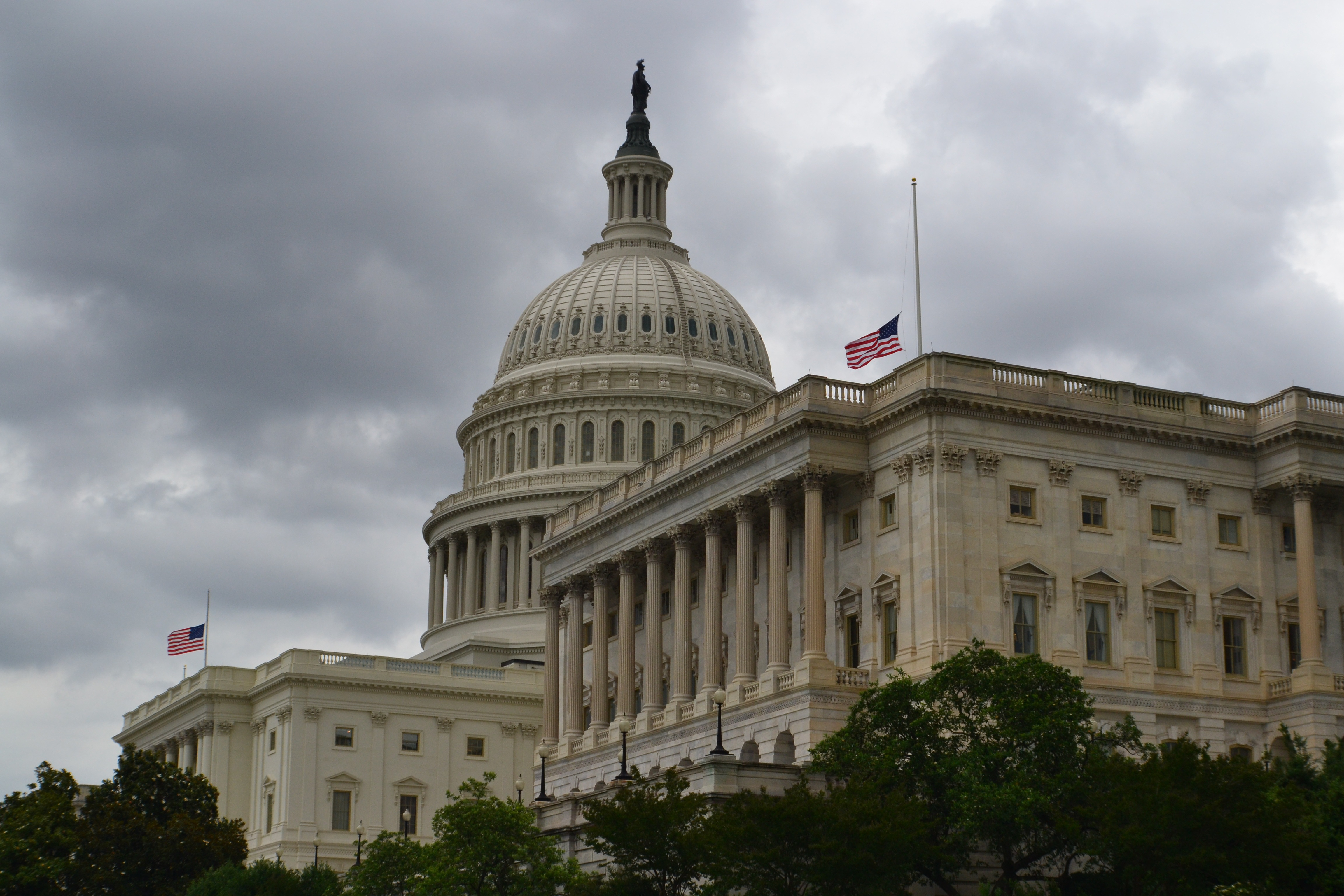Abortionist to Advocate
Sign up for a six month free
trial of The Stand Magazine!
“I didn’t know what it took to be a doctor, but I learned along the way,” said Dr. Haywood Robinson. “I found out that if God gives you a vision, He will give you provision.”
From age 5, Robinson knew he wanted to become a doctor. However, as he grew up in a lower socioeconomic bracket, he was unsure if he could make his dream a reality. None of his family, immediate or extended, had graduated college, much less met the rigorous requirements for medical school. Nevertheless, he persisted and was accepted at the California Institute of Technology (Caltech).
Enter Roe
In 1973, during Robinson’s sophomore year at Caltech, Roe v. Wade legalized abortion on demand. The country celebrated the U.S. Supreme Court decision, believing it was a groundbreaking triumph for women. At the time, Robinson agreed.
A year later, Robinson planned to start medical school at the University of California, Irvine. So when a casual girlfriend informed him she was pregnant with his child, he knew he had to do something to keep his dreams on track. Thanks to Roe and a psychiatrist friend, Robinson “bullied” his girlfriend into an abortion.
“It was like my girlfriend didn’t have a chance against the psychiatrist and the boyfriend who didn’t support [the pregnancy],” Robinson told The Stand.
Unfortunately, this incident was not Robinson’s only interaction with the cruel procedure. While he had paid to end his own child’s life, he would soon learn how to take the lives of multiple other children.
Marriage and moonlighting
In 1978, during his residency at Charles R. Drew University, Robinson met Dr. Noreen Johnson, an OB-GYN resident. While there, both students learned how to perform abortions, but their real interest was in each other. In 1980, the two were engaged.
During their engagement, Johnson learned just how lucrative the abortion market was. Believing she was helping women, she began “moonlighting” as an abortionist. In the wake of Roe, abortions and those who performed the procedure were a hot commodity.
“On a Saturday, they would line up about 30 or 40 abortions for me to do, one after the other, all day long,” wrote Johnson in The Scalpel and the Soul, the couple’s recently released memoir. “If I did 40 abortions on a weekend at $50 each, I would walk home with $2,000 in cash – in 1979.”
Before long, Johnson had recruited Robinson to join her. She thought it would be a good way for them to spend time together. Robinson agreed, and they began traveling to a clinic three times a week to perform abortions.
“You basically received half of the fee for doing the abortions,” Robinson explained. “And getting money from an abortion center is really simple because you don’t have to deal with insurance or other administrative tasks regular medicine has.”
In 1981, the abortionists were married.
Saving grace
The couple moved from the bustling city of Los Angles, California, to Bryan-College Station, Texas. By this point, Robinson had stopped performing abortions and was instead serving families at his local practice. One day, a patient invited Robinson to a concert hosted by a church. He accepted. When the artist asked those who wanted to be “100% with God” to stand, Robinson wrote that he found himself instantly on his feet.
The Lord was working.
On the other hand, Johnson’s “reawakening” came with more of a jolt. Growing up in Trinidad, she had been raised by a godly mother who instilled Christian principles in their home. But when Johnson’s teenage sister Arlene became pregnant and received an abortion, their lives changed.
In her book, Johnson recalled how her father’s negative response to the abortion pushed Arlene deeper into a rebellious lifestyle, leading to other abortions. Eventually, Arlene chose life and gave birth to a son she named Burt.
Years later, Arlene came to visit Johnson, expecting another unwanted child. She desired another abortion, and with much deliberation, Johnson performed the procedure on her own sister. Shortly after, Burt died in an accident.
“Of her pregnancies that had ended in abortion, the most recent one I had performed myself,” wrote Johnson. “I could blame it on her own promiscuity and irresponsibility, and there would be truth in that.
“But I knew the real truth – my sister was now without a living child because of me.”
It was then that Johnson stopped performing abortions.
Not long after that, both Robinson and Johnson found themselves kneeling together at a church service, asking for God’s forgiveness.
“It was heartbreaking,” wrote Johnson. “We were aware of our blood-stained hands, but we also believed that Jesus could wash them clean. … Despite the pain of the sorrow we felt, we also felt His forgiveness for our shameful past.”
God moves
Fast forward to 2004 when God placed a call on the hearts of those in the Texas community where Robinson and Johnson were living. The call was simple: Go to the local Planned Parenthood clinic and conduct a peaceful prayer vigil for 40 days. There they would have prayer warriors take shifts praying for 960 total hours. The project was called “40 Days for Life” (40DFL).
When Robinson and his wife learned of the event, they excitedly joined. Day after day, the couple watched individuals show up and pray for the lives of the unborn. Then, they began to notice that when they gathered to pray, fewer people arrived for abortions.
“If the traffic slowed down, that meant more babies were saved,” said Robinson.
After seeing the success of the initial vigil, 40DFL events started happening at other Planned Parenthood locations. And again, when the vigils took place, Robinson explained that there was up to a 75% no-show rate for women who had scheduled an abortion.
“The statistics showed on the state and county levels that abortions were lower during the times we had a prayer vigil,” said Robinson. “[We realized that] these ‘40 Days for Life’ things saved lives.”
Not only were babies’ lives saved, but the eyes of facility workers were opened to the truth. After several years, so were the eyes of those taking lives. In the months following the initial vigil, former Planned Parenthood facility director Abby Johnson left the abortion industry and ran straight into the arms of 40DFL.
“We saw babies saved and facility workers leaving the [abortion] cartel,” Robinson exclaimed. “[And] when they did, facilities closed.”
Today, Robinson serves 40DFL as director of medical affairs and education. Since its inception in 2004, the ministry has seen 251 abortion workers leave the industry, 139 abortion facilities close, and 23,525 babies’ lives saved. The ministry is active in more than 60 countries and plans to continue hosting prayer vigils until abortion is no more.
“The Lord saved me, turned me around, and took me from an abortionist to a pro-life warrior,” Robinson continued. “That’s why I am here. I’m so thankful for being transformed and standing against this holocaust. ... It’s a work of God. We cannot claim that we did this.”
(Digital Editor's Note: This article was published first in the October 2023 print edition of The Stand).

Sign up for a free six-month trial of
The Stand Magazine!
Sign up for free to receive notable blogs delivered to your email weekly.



















